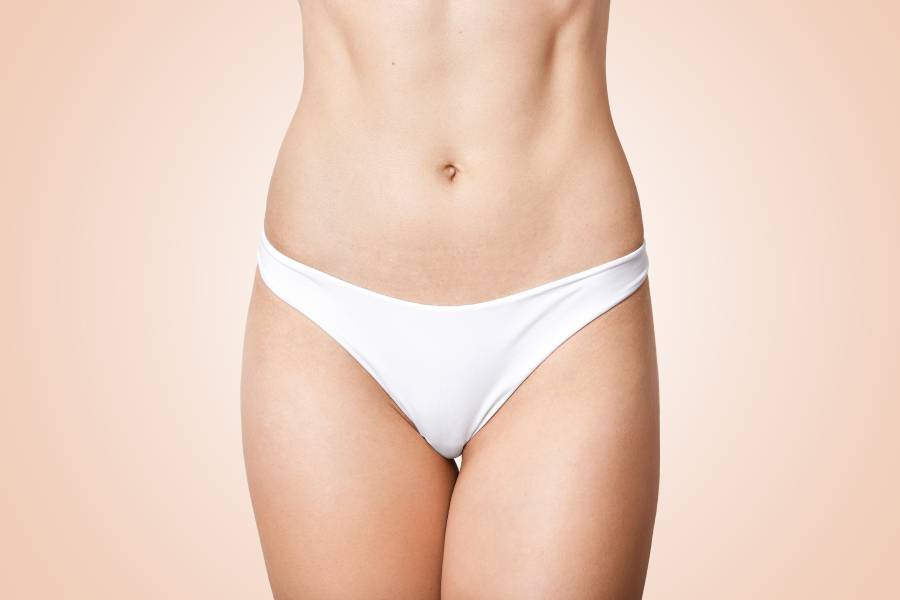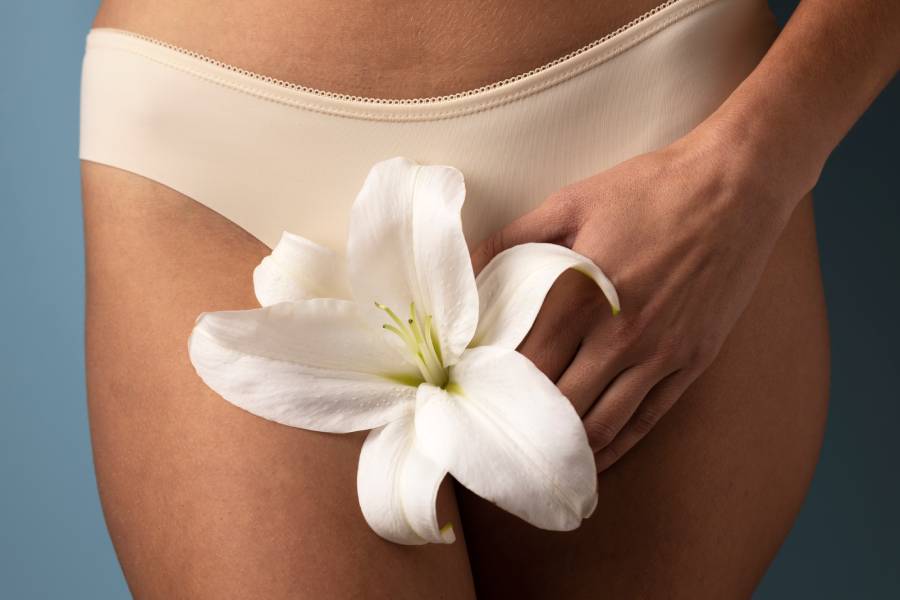Rhinoplasty before and after
Categorised in: Genel, HEALTH GUIDE
Published Date:
Rhinoplasty, often termed a ‘nose job’, represents a pinnacle of surgical precision, aimed at refining the nasal structure’s form and function. This delicate procedure showcases the artistic skill of surgeons, as evident in the rhinoplasty before and after photos. These images serve as a visual narrative, illustrating the profound impact of rhinoplasty on patients’ self-perception and respiratory health. They highlight the cosmetic surgery success, demonstrating the harmonious adjustment of facial proportions through surgical expertise. Our selection of images from leading clinics in Turkey exemplifies the transformative effects of rhinoplasty, solidifying a narrative of patient satisfaction and aesthetic enhancement.
Rhinoplasty: What to Expect
The inception of rhinoplasty is marked by exhaustive consultations, culminating in a bespoke surgical plan. This meticulous process ensures that the procedure resonates with the patient’s aesthetic and medical needs. It also serves as a preparatory phase, equipping the patient with the necessary knowledge for the forthcoming stages.
In the pre-operative phase, a detailed examination of the patient’s medical history and utilisation of 3D imaging are imperative. These measures are instrumental in setting realistic expectations and guaranteeing the patient’s safety throughout the surgical journey.
The rhinoplasty procedure encompasses a spectrum of techniques, ranging from the refinement of nasal contours to the correction of structural anomalies affecting respiration. Each approach is meticulously tailored to meet the patient’s specific objectives, aiming to enhance both the aesthetic and functional aspects of their nasal anatomy.
Post-operative care is a cornerstone for a successful recovery. Patients are provided with a regimen of medication adherence, rest, and activity limitations. Adherence to these directives is critical to mitigate discomfort and accelerate the healing process. Common post-operative symptoms, such as pain, swelling, and bruising, typically resolve within two weeks, revealing the initial aesthetic improvements.
It is noteworthy that the full manifestation of the rhinoplasty outcomes may take up to a year to materialise. Throughout this period, maintaining open communication with the healthcare provider is essential. This ensures that any apprehensions are promptly alleviated, facilitating a seamless recovery trajectory.
Rhinoplasty in Turkey
Turkey has ascended to prominence as a premier destination for medical tourism, with a notable focus on rhinoplasty. This ascendancy is rooted in several critical factors:
- Skilled Surgeons: Turkish rhinoplasty clinic specialists are celebrated for their extensive training and proficiency. They ensure natural-looking results, taking into account both cultural aesthetics and individual patient needs.
- Advanced Facilities: Clinics are equipped with state-of-the-art technology, adhering to international healthcare standards. This enhances the overall patient experience and outcomes.
- Affordability: The cost of procedures in Turkey is significantly lower compared to other countries. This makes it accessible to a broader audience without compromising quality.
The allure of top plastic surgery Turkey offers attracts patients from around the globe. The synergy of expertise, modern medical infrastructure, and affordable pricing solidifies Turkey’s position as a global hub for those in pursuit of high-quality rhinoplasty.
Rhinoplasty Before and After: Transformative Results
Galleries of before and after transformation results in Turkey exemplify the profound enhancements achieved through rhinoplasty. These visual narratives depict notable advancements in nasal symmetry, size, and facial harmony. The transformative outcomes underscore the technical prowess of Turkish surgeons, while also highlighting the enhanced confidence and satisfaction of patients.
Among the plethora of rhinoplasty success stories, certain case studies emerge as exemplary, demonstrating a high success rate with minimal scarring and complications. These outcomes solidify Turkey’s reputation as a leading destination for cosmetic surgery. The data from these success stories serve as compelling evidence of the exceptional quality and safety of rhinoplasty procedures in Turkey.
Key observations from these rhinoplasty results include:
- Significant enhancement in nasal symmetry and profile
- Improved facial balance and aesthetics
- High patient satisfaction and confidence post-surgery
- Minimal scarring with advanced surgical techniques
- Low complication rates reinforcing patient safety
Consequently, the remarkable before and after transformation results continue to attract a growing number of international patients each year, eager to achieve their desired aesthetic goals through cosmetic surgery in Turkey.
Cost and Accessibility of Rhinoplasty in Turkey
The allure of rhinoplasty in Turkey lies in its remarkably affordable rates, a stark contrast to many Western nations. Despite the lower costs, Turkey does not skimp on quality or patient outcomes. This affordability stems from Turkey’s operational expenses and favourable exchange rates, making premium healthcare accessible worldwide.
Inclusive packages further enhance Turkey’s healthcare accessibility. These packages encompass not only the surgery but also accommodation, airport to hotel and hospital transfers, and sometimes post-operative care. Such all-encompassing services streamline the experience for international patients, solidifying Turkey’s status as a leading medical tourism hub.
The trend of opting for affordable rhinoplasty in Turkey is bolstered by the country’s robust healthcare system. Turkish medical facilities boast cutting-edge technology and are staffed by adept surgeons, many of whom hold international qualifications. This combination of affordability, all-inclusive care packages, and advanced medical capabilities ensures patients receive top-tier healthcare at budget-friendly rates, making Turkey a preferred destination for those seeking quality medical care without breaking the bank.

Why British Citizens Choose Turkey for Health Services?
British citizens are increasingly opting for Turkey when seeking medical treatments due to a combination of superior healthcare services, affordability, […]

Psychological Effects of Genital Aesthetics on Body Image
In a society increasingly focused on physical perfection, the realm of genital aesthetics has surfaced as an area of both […]

Common Concerns About Genital Plastic Surgery
Genital plastic surgery, a burgeoning field within the realm of cosmetic enhancements, has witnessed a notable surge in popularity. Procedures […]

In which cases is labiaplasty necessary?
Labiaplasty, a procedure that has recently garnered significant attention, involves the surgical reduction of the labia minora. This operation, also […]

Healthy Recovery Process After Genital Aesthetic Surgery
Day Things To Do Things to Avoid 1-7 Days – Bed rest – Using medications recommended by the doctor – […]